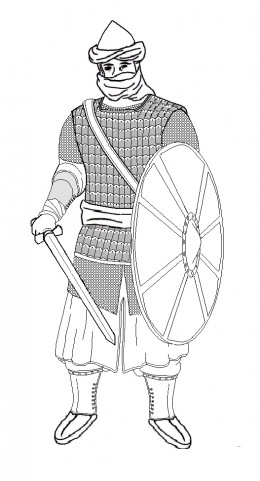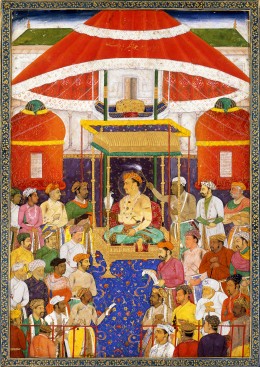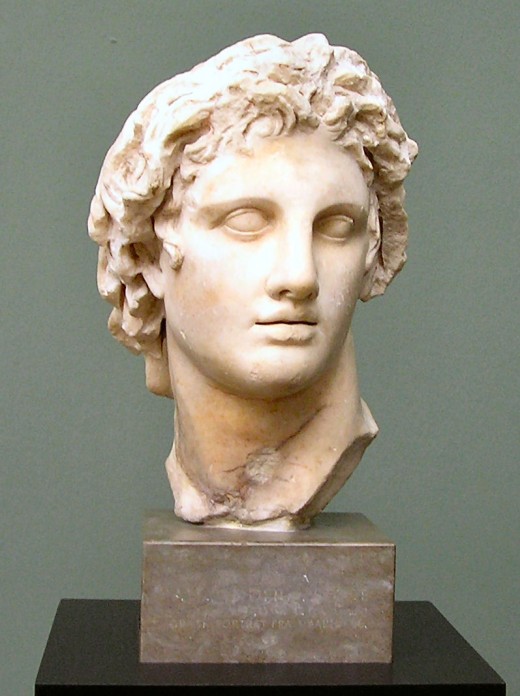Akbar’s was born at Umarkot, Sindh, India on October 15, at the time of 1542. He was a direct descendent of Ghengis Khan which was also known as the great ruler. His grandfather Babur was the first emperor of the Mughal dynasty, who fought the first battle of Panipat and laid the foundations of the Great Empire. Due to several reasons Akbar fathers, Humayun, was driven from the Indian throne by Sher Shah Suri. He was impoverished and in exile when his heir was born. Humayun regained the power in 1555 but ruled only a few months before he died by falling from the stairs of his library.
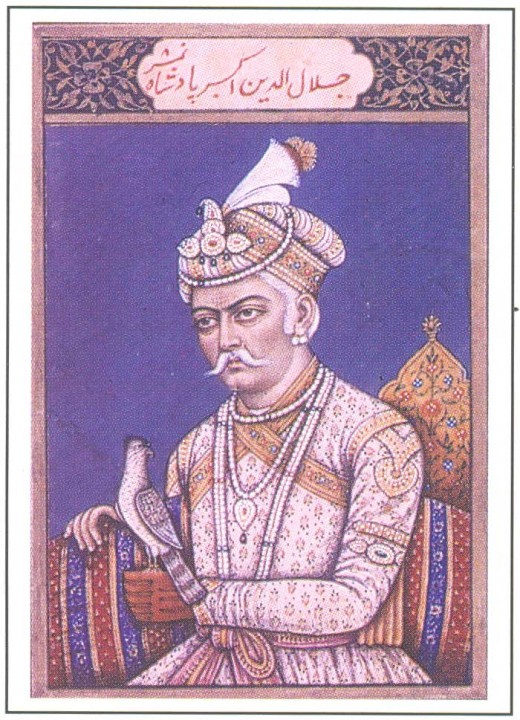 Humayun’s premature death within 1556 left the responsibility of conquest and also an imperial relief to his thirteen-year-old child, Jalal-Ud-Din Muhammad Akbar (1556–1605). Under Bayram Khan Mughal army successfully derived out the Afghans. After a decisive military win in the Second war of Panipat at the time in 1556, Bayram Khan pursued the energetic coverage of development on Akbar’s behalf. When Akbar came to his youth, he began to free himself from the impacts associated with overbearing ministers, court factions, and also harem intrigues, and also exhibited his own convenience of the ruling and also leadership. He himself personally monitored his policies, which had remained the backbone of the Mongol Empire for more than 200 years. He continued to invade, annex, and also conquered the territory bounded simply by Kabul within the northwest, Kashmir towards the north, Bengal within the Farther east, and also further than this Narmada Water with central India.
Humayun’s premature death within 1556 left the responsibility of conquest and also an imperial relief to his thirteen-year-old child, Jalal-Ud-Din Muhammad Akbar (1556–1605). Under Bayram Khan Mughal army successfully derived out the Afghans. After a decisive military win in the Second war of Panipat at the time in 1556, Bayram Khan pursued the energetic coverage of development on Akbar’s behalf. When Akbar came to his youth, he began to free himself from the impacts associated with overbearing ministers, court factions, and also harem intrigues, and also exhibited his own convenience of the ruling and also leadership. He himself personally monitored his policies, which had remained the backbone of the Mongol Empire for more than 200 years. He continued to invade, annex, and also conquered the territory bounded simply by Kabul within the northwest, Kashmir towards the north, Bengal within the Farther east, and also further than this Narmada Water with central India.
Akbar Administration and Management policy towards his Realm:-
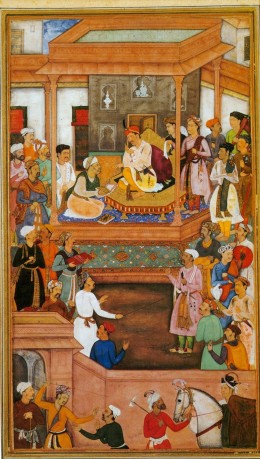 He designed the walled funds referred to as Fatehpur Sikri (Fatehpur signifies “town associated with victory”) near Agra, starting off with 1571. Palace Erected for his beloved queen Jodha Akbar, a huge artificial lake, and also fresh water-filled courtyards had been designed there. However, that city was abandoned and the capital was moved to Lahore at the time of 1585. The explanation may have been that the drinking water offer within Fatehpur was inadequate or poor quality. While a few historians imagine, that he had to attend to these northwest elements of his empire and so transferred his capital to the northwest. In 1599, he shifted his capital to Agra where he reigned until the end of his days.
He designed the walled funds referred to as Fatehpur Sikri (Fatehpur signifies “town associated with victory”) near Agra, starting off with 1571. Palace Erected for his beloved queen Jodha Akbar, a huge artificial lake, and also fresh water-filled courtyards had been designed there. However, that city was abandoned and the capital was moved to Lahore at the time of 1585. The explanation may have been that the drinking water offer within Fatehpur was inadequate or poor quality. While a few historians imagine, that he had to attend to these northwest elements of his empire and so transferred his capital to the northwest. In 1599, he shifted his capital to Agra where he reigned until the end of his days.
Akbar acquired a couple distinct although successful solutions with administering a substantial territory. In 1580, he obtained regional income figures with the preceding 10 years so that he can fully grasp the details of productiveness and also value fluctuation associated with unique crops. Aided by Todar Mal, the Hindu scholar of his time, Akbar supplied the income schedule that optimizes this income wants on the point out while using the ability on the peasantry to pay. Profits calls for, predetermined in line with regional promotions associated with farming and also good quality associated with land, ranged through one-third to be able to one-half on the scalp and also had been paid for with income. He relied seriously on landholding zamindars to do something while revenue-collectors. They had utilized his sizeable regional understanding and also influence to gather income and to exchange that towards treasury, maintaining a small piece in substitution for providers delivered.
Inside his management process, this enthusiast aristocracy (mansabdars) used rates (mansabs) indicated with a variety of troopers, and also indicating payout, network, contingents, and also requirements. The enthusiast aristocracy was commonly paid for through revenues associated with nonhereditary and also transferable jagirs (revenue villages).
An astute leader which truly valued these challenges associated with administering consequently the great empire, Akbar unveiled a policy associated assimilation with associated with Hindus (including Jodhabai, later on, renamed Mariam-uz-Zamani begum, she was the Hindu mother of his heir Jahangir). He rewarded Hindu chiefs with the higher ranks of the government. He inspired intermarriages among Muslims and also Rajput aristocracy. The permitted building of the new Hindu temples. He enjoyed with celebrating Hindu celebrations such as Deepavali, or Diwali, this celebration associated with equipment of lighting and also with great pleasure among people of all ages. Before the time of Akbar, the non-Muslims of the Mongol realm pay taxes to worship their Gods or Goddesses. Under his rule, he removed this jizya tax which was unfairly added to non-Muslims. He believed that no human being should pay tax to worship their Gods.
Akbar’s Newly Created Brand New Religion Din-I-Ilahi (The Divine Faith):-
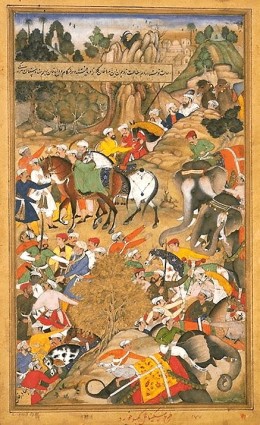 He invented his newly created own concept which was associated with “rulership as being a divine illumination, which was reflected and also enshrined in his brand-new religion Din-i-Ilahi (The Divine Faith), he purely created this theory by accepting the teachings of all the Religions such Christianity, Buddhism, Hinduism and Islam. He was encouraged the remarriage of the women which had lost their Husbands. At his time in Hindustan, there was a custom of marriage in a small age. Child marriages were harmful to both Females and Males. It also affects their family lives. Therefore, he strongly discouraged the marriages of small children. The custom of Sati was also strongly discouraged by Akbar and he encouraged Sati’s remarriage. He also persuaded Delhi vendors to set up special market place days to weeks for females, which normally had been quiet in the house.
He invented his newly created own concept which was associated with “rulership as being a divine illumination, which was reflected and also enshrined in his brand-new religion Din-i-Ilahi (The Divine Faith), he purely created this theory by accepting the teachings of all the Religions such Christianity, Buddhism, Hinduism and Islam. He was encouraged the remarriage of the women which had lost their Husbands. At his time in Hindustan, there was a custom of marriage in a small age. Child marriages were harmful to both Females and Males. It also affects their family lives. Therefore, he strongly discouraged the marriages of small children. The custom of Sati was also strongly discouraged by Akbar and he encouraged Sati’s remarriage. He also persuaded Delhi vendors to set up special market place days to weeks for females, which normally had been quiet in the house.
At the end of his rule, this Mongol Empire expanded to the north India perhaps to the south on the Narmada water. Well, known exclusions had been Gondwana with central Indian, which in turn paid for honor towards Mughals, Assam within the northeast, and also huge aspects of this Deccan. The area to the south of the Godavari water conquered totally from the ambit on the Mongols. In the era of 1600s, the Akbar’s Empire was becoming the great empire had the income more than £17 million.
Death of Mughal Emperor Akbar:-
At the age of Sixty-three, the greatest emperor of this dynasty died due to dysentery in his capital of Agra. In the reign of Jalal-UD-Din Muhammad Akbar two-thirds of the Indian subcontinent were added in the Mongol Empire. These lands include Afghanistan, Kashmir, Afghanistan and Pakistan, India of the present age.
